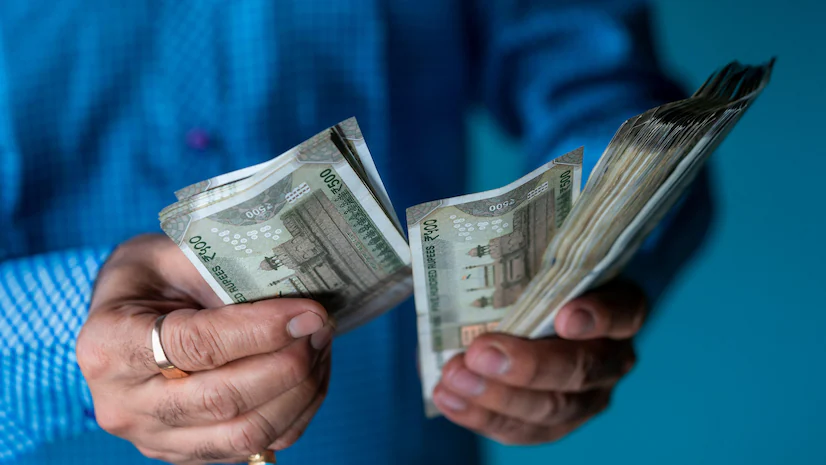The Union Cabinet of the NDA Government under Prime Minister Narendra Modi decided to form the 8th Pay Commission on January 16, 2025. The announcement made in advance of the Delhi Assembly elections will ensure higher wages for employees of the public sector.
On X (formerly Twitter), PM Modi directed his support for its workforce, indicating “We all are proud of all the Government employees who strive to construct a Viksit Bharat. The pronouncement made by the Cabinet on the 8th Pay Commission will enhance quality of life and is a booster to consumption”.
The announcement has been made months after the dearness allowance (DA) touched 50 percent of the basic pay for central government employees. Central civil employees and pensioners started receiving 53% of basic pay as DA/relief from July 1, 2024, and the anext increase will be from January 1, 2025.
What the Employees of the Central Government Want for the 8th Pay Scale
Currently, the structure of salaries that last year was increased follows the recommendation made by the Seventh Pay Commission implemented on 01 Jan 2016. Looking at formation of the 8th Pay Commission the structure is set for a revision.
Although the percentage of increase in salary is not alarming, sources claim that the fitment factor, which is the benchmark they use to calculate salaries and pensions, could increase from 2.57 to 2.86. If this happens, the current minimum basic pay for the civil servants could triple and amount to Rs. 51,480 up from the current Rs 18,000.
Understanding fitment factor
It has been used whereby fitment factor is regarded as an element in determining new rates of pay and pension for the employees in central government. It also acts as a multiplier coefficient by changing the pay rate based on the new commission’s suggestion.

Any change in the Fitment factor gives a new shape to the enhancement of the minimum pay structure of the central government employees now under The 7th Pay commission the Fitment factor was 2.57 times which took the minimum basic pay structure for central employees for the 6th Pay commission Rs 7000 to Rs 18000.
It does not include additional benefits, emoluments and bonus. Interestingly, when DA, HRA, TA and other perks are added, the total minimum wages even for a central government employee rose to Rs 36,020 per month under the 7th Pay Commission.
However, based on the final orders coming from the 8th Pay Commission, there may be new changes in the following allowances. This revision is likely to considerably enhance the wages of core civil servants in the central government.
How salary can differ in 8th Pay commission?
“A fitment factor between 2.6 and 2.85 is expected for the eight pay commission that may jack up salaries by 25-30 per cent and pensions proportionately,” said Neeti Sharma, chief executive officer of TeamLease Digital. The ‘floor wage rate’, as it is called should be above Rs 40000 per month with house rent, dearness and skill allowances and performance incentive.”
‘‘They are essential to fight inflation and other forces that have led to increased cost of living and disparity between the wages paid to public and civil servants.”
Besides, these changes in the pay structure will also improve the disposal income hence increasing consumption to the economy. He said, periodical revisions show that the government is determined to have a proper remunerative system that recognizes the hardworking force in the country.
For more updates follow: Latest News on NEWZZY
